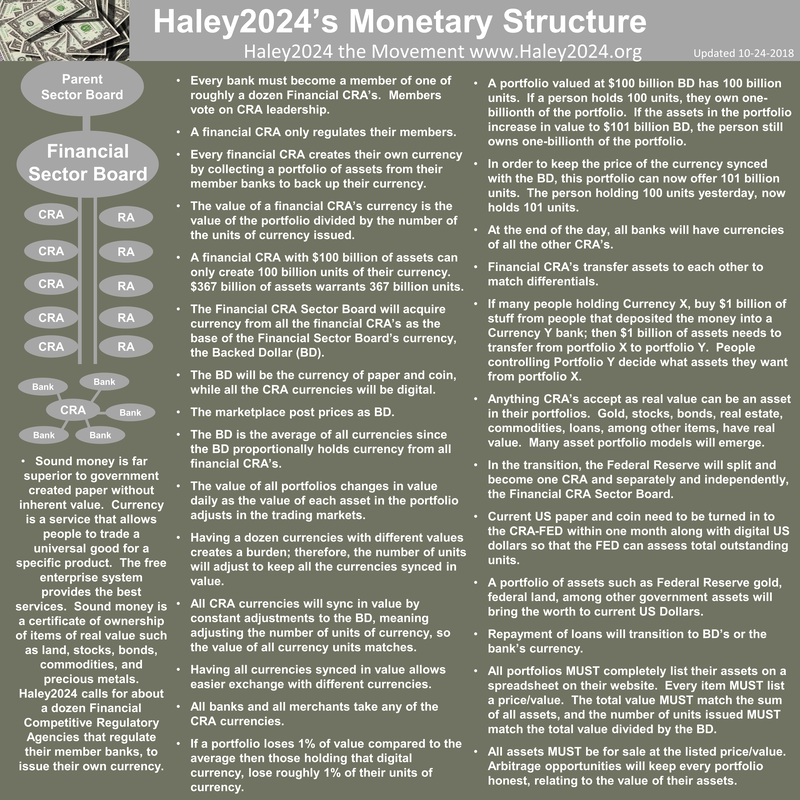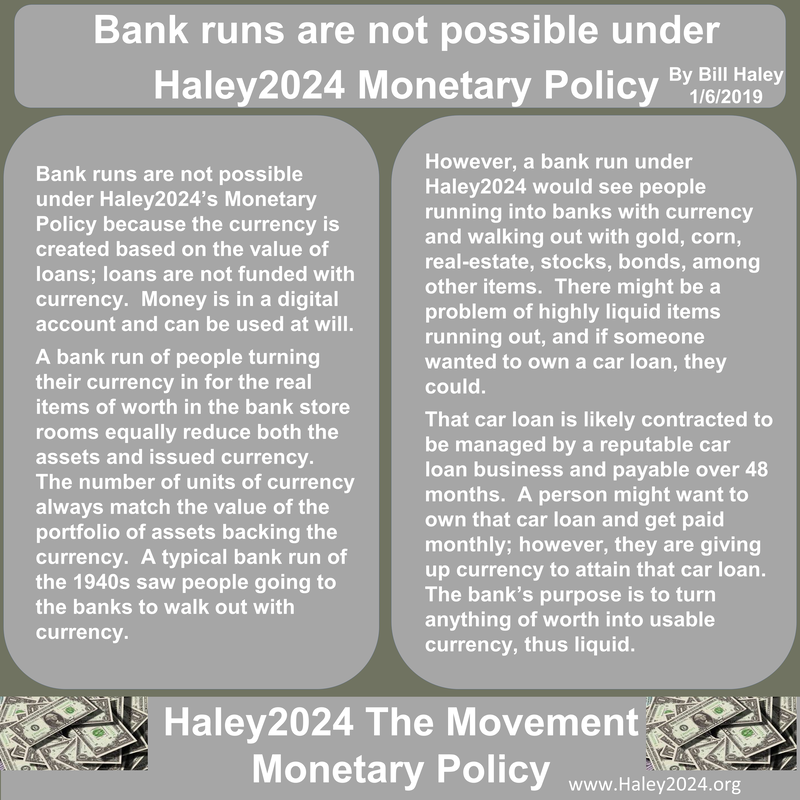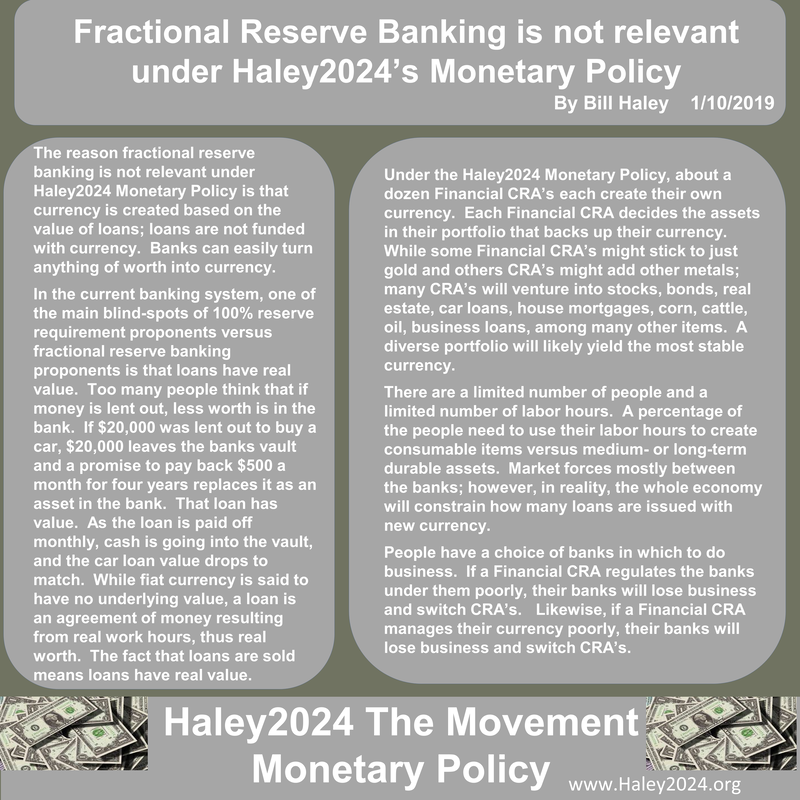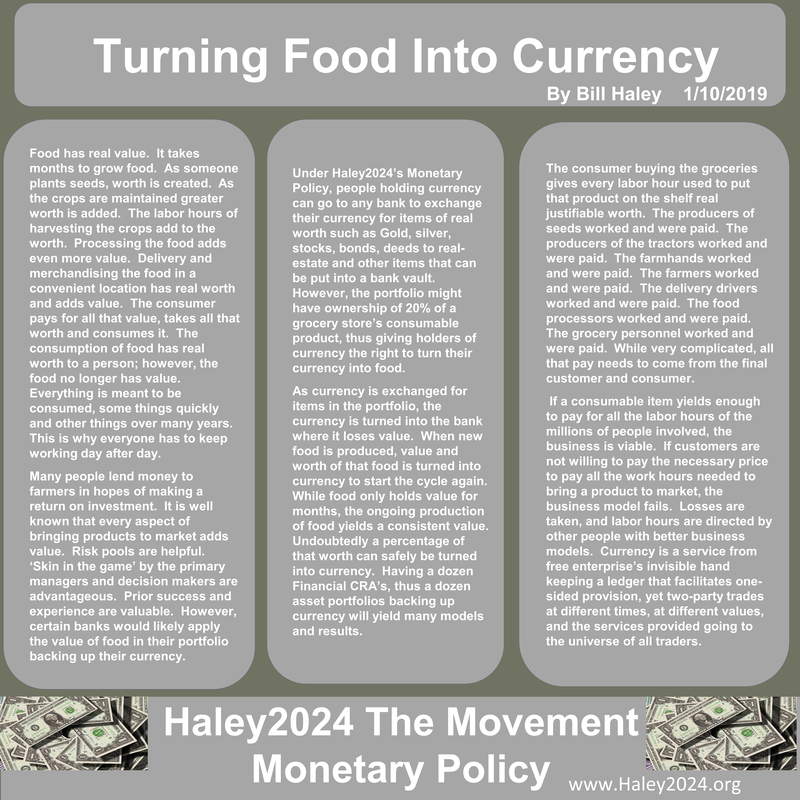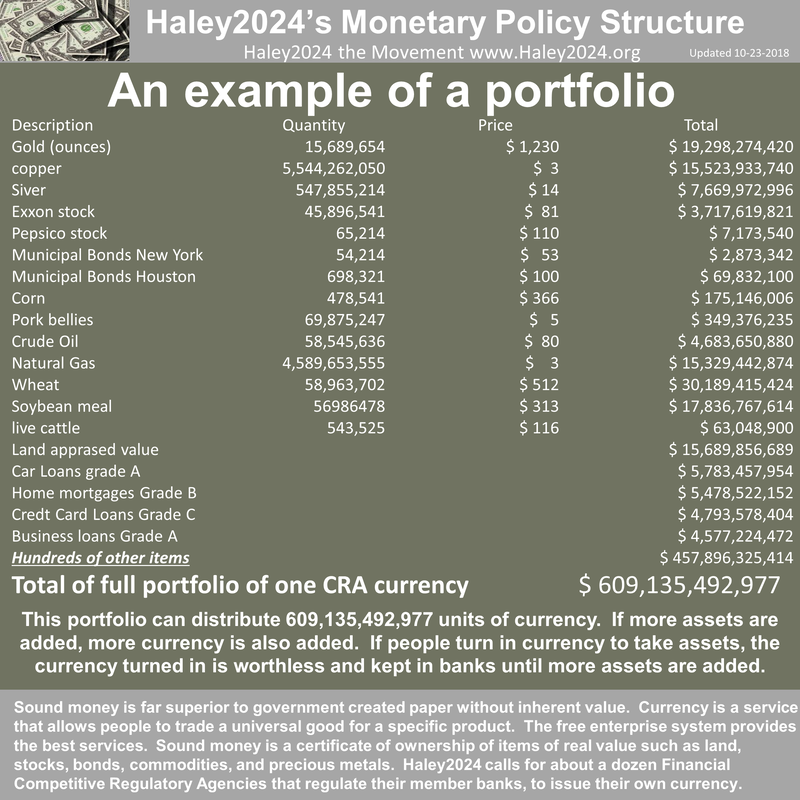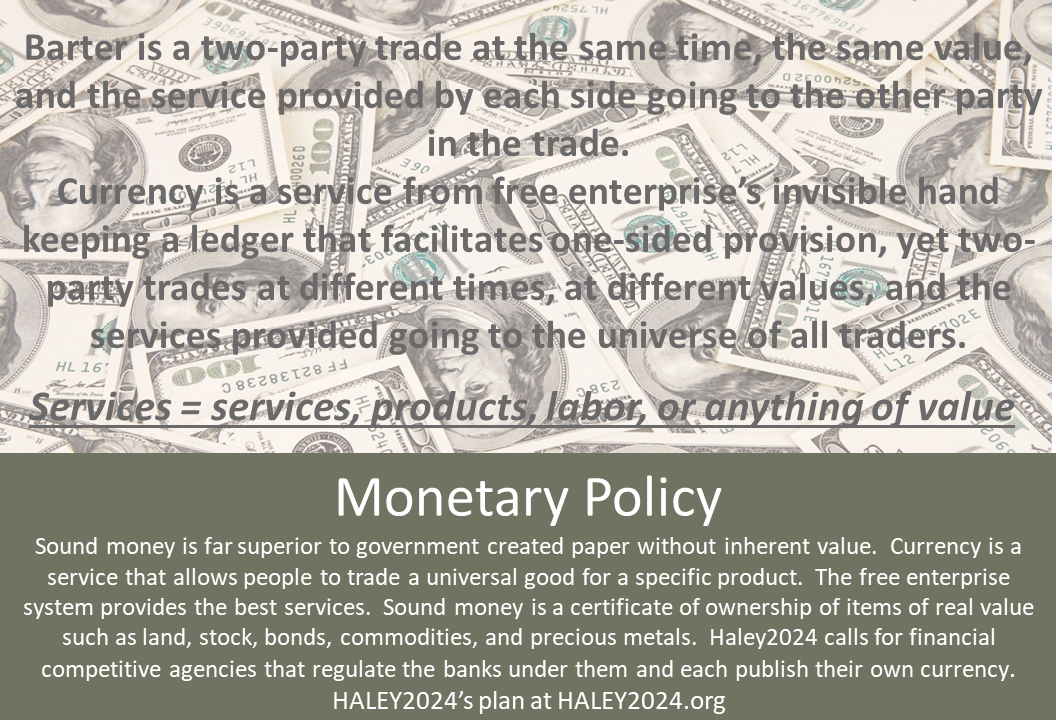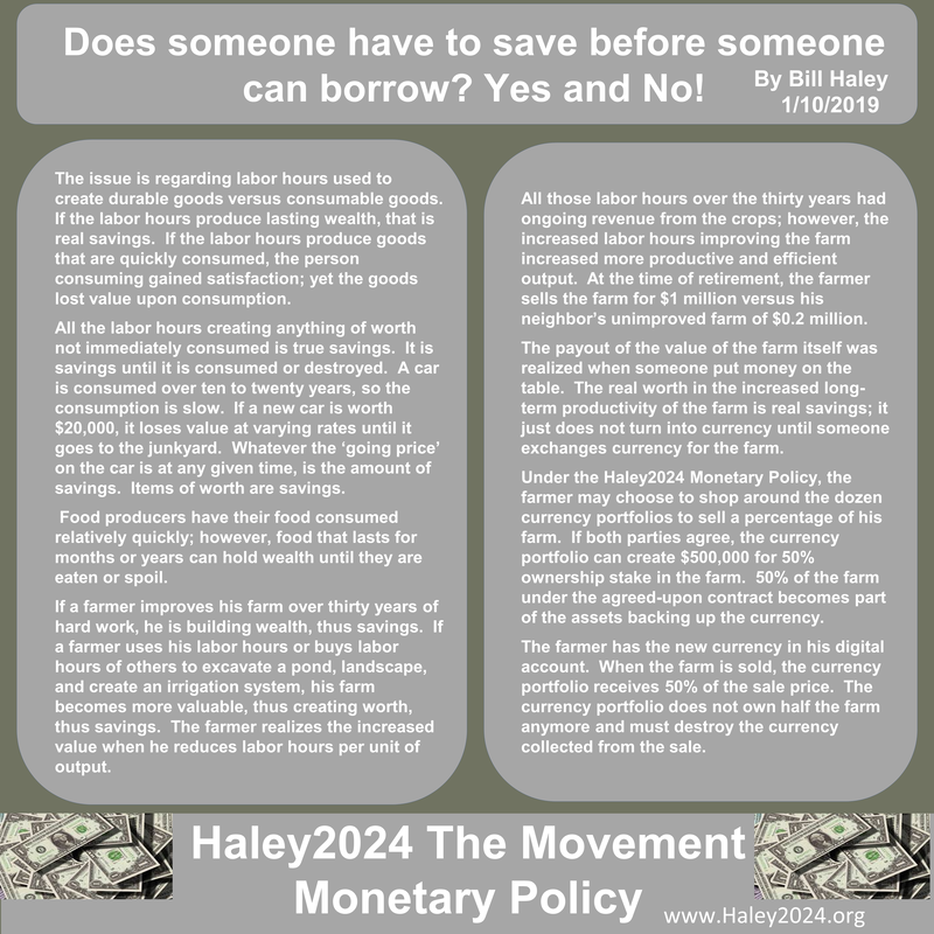| All the labor hours creating anything of worth not immediately consumed is true savings. It is savings until it is consumed or destroyed. A car is consumed over ten to twenty years, so the consumption is slow. If a new car is worth $20,000, it loses value at varying rates until it goes to the junkyard. Whatever the ‘going price’ on the car is at any given time, is the amount of savings. Items of worth are savings. |
| If a farmer improves his farm over thirty years of hard work, he is building wealth, thus savings. If a farmer uses his labor hours or buys labor hours of others to excavate a pond, landscape, and create an irrigation system, his farm becomes more valuable, thus creating worth, thus savings. The farmer realizes the increased value when he reduces labor hours per unit of output. |
| All those labor hours over the thirty years had ongoing revenue from the crops; however, the increased labor hours improving the farm increased more productive and efficient output. At the time of retirement, the farmer sells the farm for $1 million versus his neighbor’s unimproved farm of $0.2 million. |
| Under the Haley2024 Monetary Policy, the farmer may choose to shop around the dozen currency portfolios to sell a percentage of his farm. If both parties agree, the currency portfolio can create $500,000 for 50% ownership stake in the farm. 50% of the farm under the agreed-upon contract becomes part of the assets backing up the currency. |
